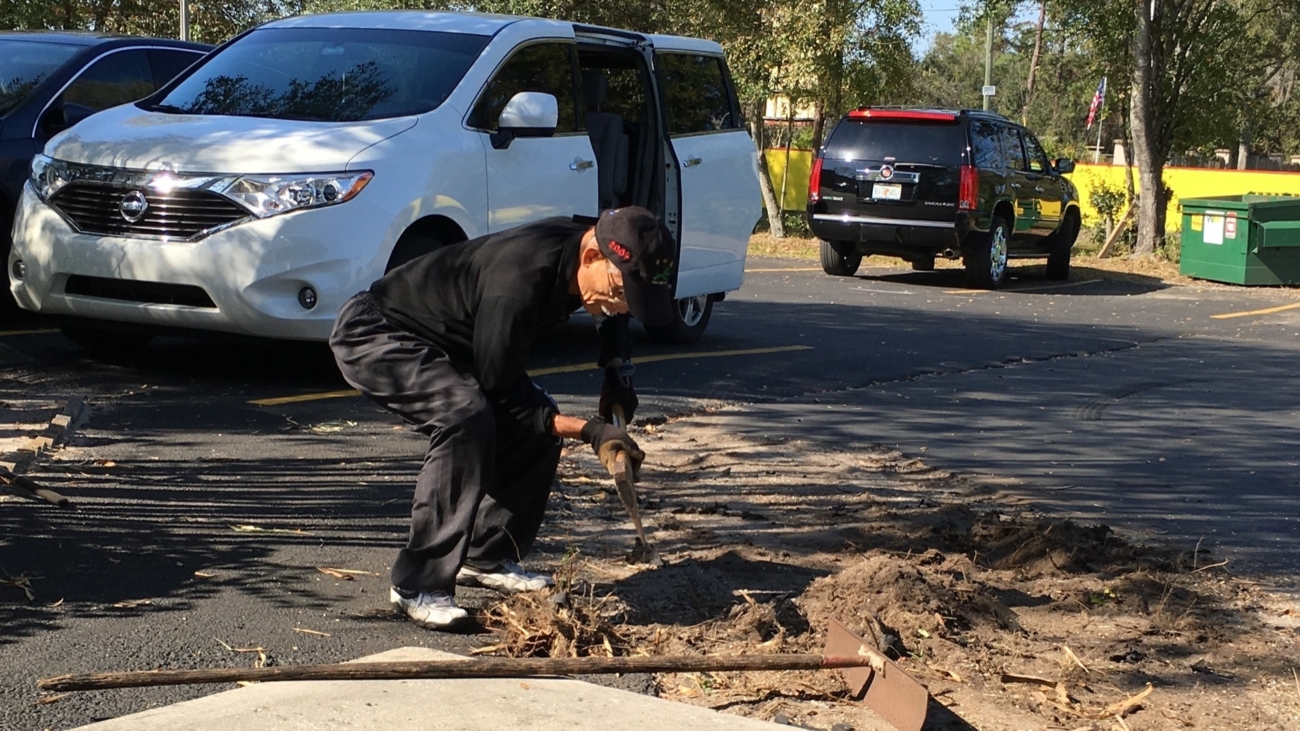The large increase or “boom” in the number of births during the post World War II era defined the generation of people known as baby boomers. By some accounts this puts Baby Boomers and those know as Boomers II between the ages of 59-77 years.
For the purpose of this blog post, let’s define the BOOMERS as 60 and up.
60 is the new 40!
When it comes to fitness, some boomers think they are fragile and can only work on aerobic capacity. For example, walking on a treadmill or riding a bicycle.
The training they actually need is the same as athletes, busy professionals, and even children: a combination of mobility, power, strength, and endurance, modified to their abilities and limitations.
As a fitness professional, the best thing I can do for my BOOMER clients is to help prevent a future fall, not increase their time on a stationary bicycle.
Every year, one out of three adults over the age of 65 experiences a fall. These falls often lead to injury or preventable death.
There are as many as 30,000 deaths due to falls from older adults every year.
Other effects from falling can include disability, reduced quality of life, loss of independence, increased healthcare costs, and increased fear of doing daily activities.
If you are a BOOMER or know someone who is, how do you train to help prevent a fall? Here are some of the important risk factors and how to address them:
-
Adequate mobility in the lower extremities, especially in the hip and ankle. There are many ways to improve mobility, but a great movement is learning the Getup. We call this a big bang for your buck exercise because not only does it require a certain amount of hip, ankle, and shoulder mobility to execute properly, but you get the added benefit of practicing getting up and down off the ground.
Check out our 6 part Getup Series to learn how to do a proper Kettlebell Getup! Here is the first video.


